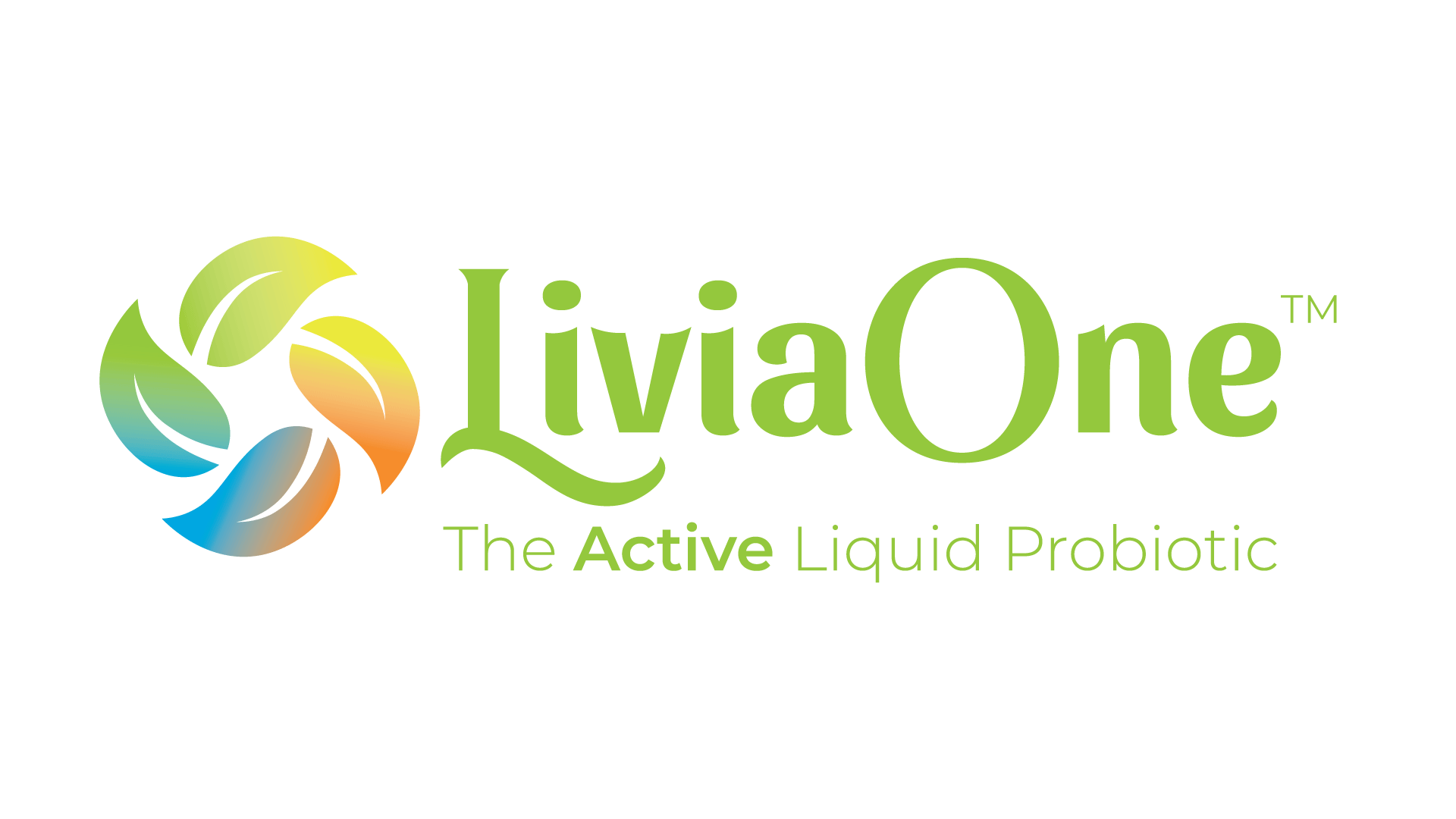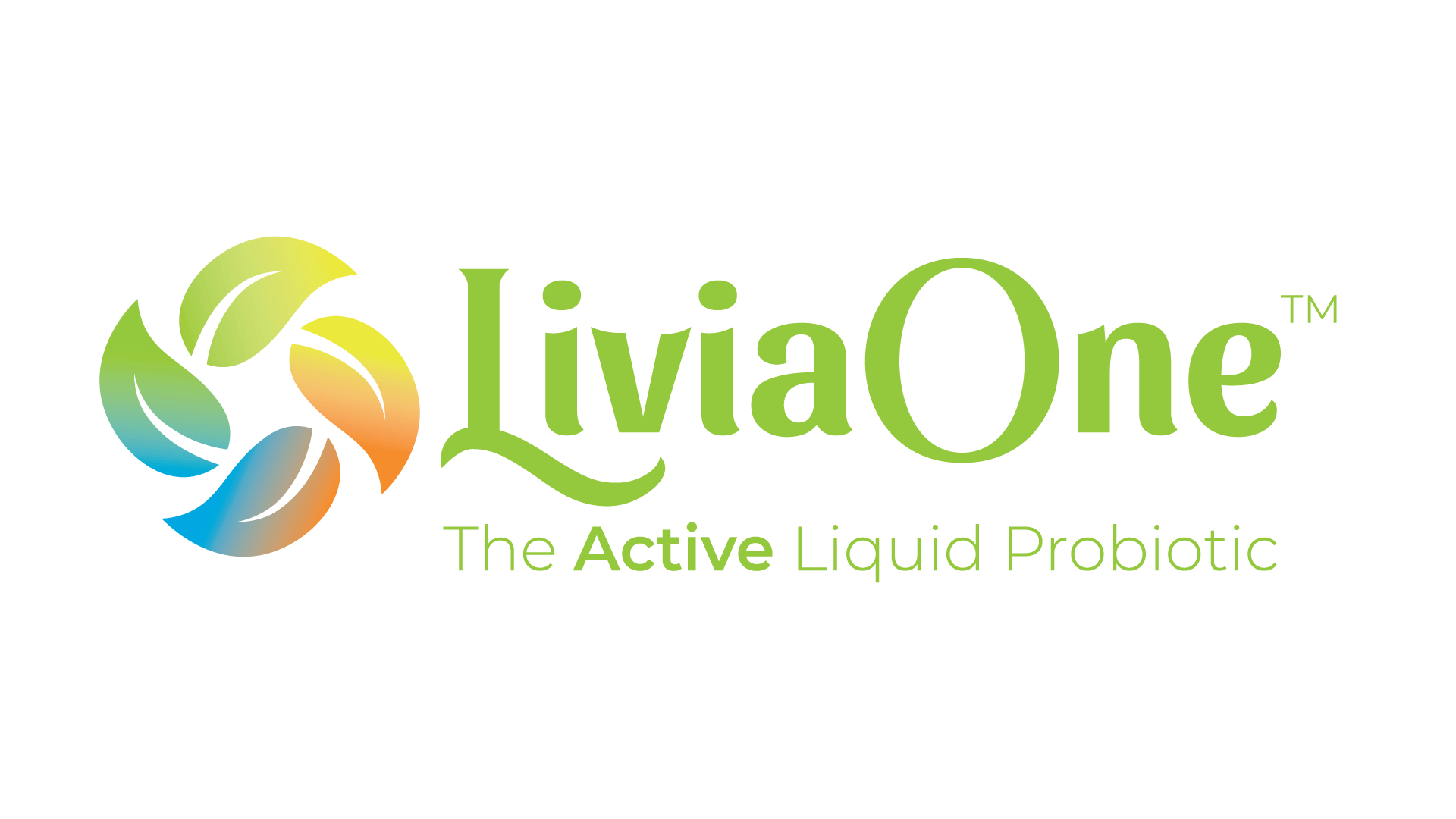Probiotic Territorial Colonization
Some of our resident probiotics live peacefully together. Most, however, struggle with other colonies, and mark clearly defined territories with special biochemical secretions. Probiotics within the same colony usually specialize in particular functions. Some work together to help break down foods, and some guard and protect their territory as they consume metabolites. To protect against pathogens, many probiotics produce a number of natural antibiotics XE "antibiotics" designed to reduce the populations of competitors. At the same time, some of their antibiotic secretions aid the body's immune system by stimulating T-cell XE "T-cell" and B-cell XE "B-cells" XE "B-cells" activity.
Many probiotics release antibiotic secretions called bacteriocins that selectively reduce the growth of other pathogens, including yeasts and pathobiotics. In other words, their antibiotic secretions unlike many pharmaceutical XE "pharmaceutical" antibiotics can selectively damage certain strains of pathobiotics and not others. Many probiotics also produce lactic acid, acetic acid, hydrogen peroxide, lactoperoxidase XE "lactoperoxidase" , lipopolysaccharides XE "lipopolysaccharides" , and a number of other antimicrobial substances XE "lactic acid" . Lactic acid, for example, helps acidify the intestines XE "intestines" and prevent harmful bacteria overgrowth.
To give an idea of just how diligent and efficient probiotic bacteria are in producing antimicrobial components, a study at the Department of Microbiology of the Abaseheb Garware College in India (Watve et al. 2001) studied the genus Steptomyces since the 1970s, and found that it has been producing new antibiotic substances exponentially over the years. They logistically graphed the count of antimicrobial substances produced over the years, and estimated that the genus is capable of producing more than 100,000 different antibiotic compounds!
Because bacteria are living organisms, they are adaptable. This means that they will respond to new competition with new antibiotic tools. They will produce different types of biochemicals, and develop different means of attack.
Most bacteria also manufacture waste products. Some of these are toxic and some of them are beneficial. Pathobiotics manufacture substances that increase the risk of disease by raising the body's toxicity XE "toxicity" level in addition to infecting cells. Various immunological diseases directly or indirectly stem from the waste streams of pathobiotics. Harmful bacteria can overload the liver XE "liver" and lymph XE "lymph" systems with toxins XE "toxins" . The toxins produced by bacteria are referred to as endotoxins XE "endotoxins" a technical name for bacteria poop. Bacteria defecate just as any other living organism does. Endotoxins from pathogenic bacteria can contribute to or directly stimulate inflammation XE "inflammation" and irritation within the intestines XE "intestines" , promoting irritable bowel or colitis XE "colitis" , Crohn's, polyps XE "polyps" , diverticulitis XE "diverticulitis" and/or pouchitis. In comparison, probiotic waste is either healthy or inconsequential to the intestines. In other words, probiotic poop can be good for us!
Finnish scientists (Isolauri et al. 1994) gave lactobacilli probiotics to 42 children with acute rotavirus XE "rotavirus" diarrhea XE "diarrhea" . They found that the probiotics significantly reduced levels of the endotoxin urease, XE "urease" and lessened infection duration among the probiotic group compared to the placebo group.
Researchers at the University of Bologna in Italy (Gionchetti et al. 2003) reported a study of probiotic administration among patients suffering from Crohn's disease, ulcerative colitis XE "colitis" XE "ulcerative colitis" and pouchitis. The study focused on patients that had recently undergone an ileostomy XE "ileostomy" closure. A blend of eight lactobacilli and bifidobacteria or a placebo was given to 40 patients. Of the 20 patients given probiotics, only 10% experienced an acute pouchitis episode versus 40% of the 20 patients given a placebo. This statistically significant difference indicates the important role that probiotic bacteria play, and their ability to reduce intestinal inflammatory diseases.
Probiotics can also quickly identify harmful bacteria or fungal overgrowths and work directly to eradicate them. This process may not directly involve the rest of the immune system. Even still, the immune system will be notified of any probiotic offensives. The immune system will support the process by breaking up and escorting dead pathogens out of the body.
Probiotics produce chemical substances that destroy invading microorganisms. Probiotics make up our body's own antibiotic system. Because probiotics are extremely intelligent and want to survive, they have developed various strategies to defend their homeland (our body). It is a territorial issue. Invading bacteria threaten their homes and families. Probiotics also learn how to fight newer bacteria species and new bacteria strategies. While static pharmaceutical XE "pharmaceutical" antibiotics are counteracted by smart super-bugs, probiotics can alter their antibiotic strategies as needed. Our continued survival illustrates their intelligence.
Probiotics produce antimicrobial biochemicals that manage, damage or kill pathogenic microorganisms. In some cases, they will simply overcrowd the invaders with biochemistry and populations to limit their growth. In other cases, they will secrete chemicals into the fluid environment to eradicate large populations. In still other cases, they will insert specific chemicals into the invaders, which will directly kill them. Probiotic mechanisms are quite complex and variegated to say the least.
In the early 20th century, Dr. Ilya Mechnikov hypothesized that the beneficial effects of lactobacilli arise from the lactic acid XE "lactic acid" they excrete. Indeed, the lactic acids produced by Lactobacillus and Bifidobacteria species set up the ultimate pH control in the gut to repel antagonistic organisms. Lactic acids are not alike, however. There are different lactic acid molecular structures, and combinations with other chemicals. For example, some probiotics produce an L(+) form of lactic acid and other probiotics may produce the D(-) from. Many probiotic strains also produce a molecular combination with hydrogen peroxide called lactoperoxidase XE "lactoperoxidase" .
Probiotics also produce acetic acids, formic acids, lipopolysaccharides XE "lipopolysaccharides" , peptidoglycans XE "peptidoglycans" , superantigens XE "superantigens" , heat shock proteins and bacterial DNA all in precise portions to nourish each other, inhibit challengers and/or benefit the host.
Precision and proportion is the key. For example, some bifidobacteria secrete a 3:2 proportion of acetic acid to lactic acid XE "lactic acid" in order to barricade certain pathogenic microbes.
Probiotics also secrete a number of key nutrients crucial to its host's (our body) immune system and metabolism, including B vitamins pantothenic acid XE "pantothenic acid" , pyridoxine XE "pyridoxine" , niacin XE "niacin" , folic acid XE "folic acid" , cobalamin and biotin, XE "biotin" and crucial antioxidants such as vitamin K XE "vitamin K" .
Probiotics also produce antimicrobial molecules called bacteriocins. Lactobacillus plantarum XE "Lactobacillus plantarum" produces lactolin. Lactobacillus bulgaricus XE "Lactobacillus bulgaricus" secretes bulgarican XE "bulgarican" . Lactobacillus acidophilus XE "Lactobacillus acidophilus" can produce aciophilin XE "aciophilin" , acidolin XE "acidolin" , bacterlocin XE "bacterlocin" and lactocidin XE "lactocidin" . These and other antimicrobial substances equip probiotic species with territorial mechanisms to combat and reduce pathologies related to Shigella, Coliform, Pseudomonas, Klebsiella, Staphylococcus, Clostridium, Escherichia and other infective genera. Furthermore, antifungal biochemicals from the likes of L. acidophilus, B. bifidum XE "Bifidobacterium bifidum" , E. faecium and others also significantly reduce fungal outbreaks caused by Candida albicans XE "Candida albicans" (Shahani et al. 2005).
Furthermore, probiotics will specifically stimulate the body's own immune system to attack pathogens. For example, scientists from Finland's University of Turku (Pessi et al. 2000) gave nine atopic dermatitis XE "atopic dermatitis" children Lactobacillus rhamnosus XE "Lactobacillus rhamnosus" GG for four weeks. They found that serum cytokine IL-10 levels specific to the infection increased following probiotic consumption.
Whatever the strategy, smart probiotic microorganisms work collectively and synergistically with the other three components of our immune system. Our probiotic system works within the non-specific immune system to help protect the body from invasions. Probiotics live within the oral cavity, the nasal cavity XE "nasal" , the esophagus XE "esophagus" , around the gums XE "gums" , and in pockets of our pleural cavity (surrounding our lungs). They dwell within our stomach, within our intestines XE "intestines" , within the vagina XE "vagina" and around the rectum, and amongst other pockets of tissues. This means that in order for pathogens to invade our body's bloodstream, they must first get through legions of probiotic bacteria that populate those entry channels assuming healthy probiotic colonization, of course.
References are available in author's book: "Probiotics - Protection Against Infection: Using Nature's Tiny Warriors to Stem Infection and Fight Disease"
For more information:
 A complete description of probiotics, along with groundbreaking recent clinical research illustrating the many ways probiotics can prevent disease, can be found in Probiotics - Protection Against Infection: Using Nature's Tiny Warriors To Stem Infection. This new compendium from one of contributing authors of the content on this page, Dr. Casey Adams, PhD., takes the confusion out of selecting and supplementing with probiotics. Referencing over 500 scientific studies and reports, and with detailed instructions on how to make your own probiotic foods, this book is a must for anyone seeking to understand the power of probiotics, and improve their immunity and vitality. Click here for ordering information.
A complete description of probiotics, along with groundbreaking recent clinical research illustrating the many ways probiotics can prevent disease, can be found in Probiotics - Protection Against Infection: Using Nature's Tiny Warriors To Stem Infection. This new compendium from one of contributing authors of the content on this page, Dr. Casey Adams, PhD., takes the confusion out of selecting and supplementing with probiotics. Referencing over 500 scientific studies and reports, and with detailed instructions on how to make your own probiotic foods, this book is a must for anyone seeking to understand the power of probiotics, and improve their immunity and vitality. Click here for ordering information.
Please read this Disclaimer:
The contents of this site, such as text, graphics, images, information obtained from www.Probiotic.org licensors and other material ("Content") contained on this site is for informational purposes only. The Content is not intended to be a substitute for professional medical advice, diagnosis or treatment. Always seek the advice of your physician or other qualified health provider with any questions you may have regarding a medical condition. Never disregard professional medical advice or delay in seeking it because of something you have read on this site!

